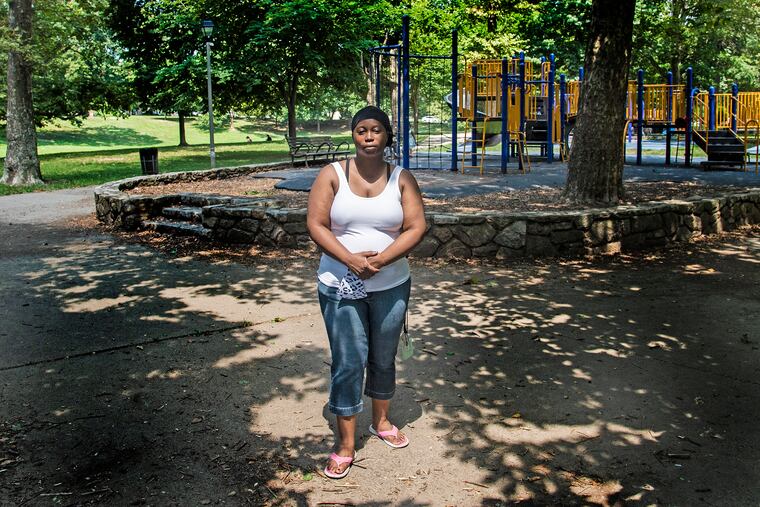Parents, health experts weigh pros and cons of reopening schools on kids’ mental health
As debate about K-12 school reopening continues, experts and families weigh in on the tradeoffs. Restarting schools in-person risks increased transmission of the coronavirus while holding schools virtually can lead to social isolation, which creates other risks to children's health.
